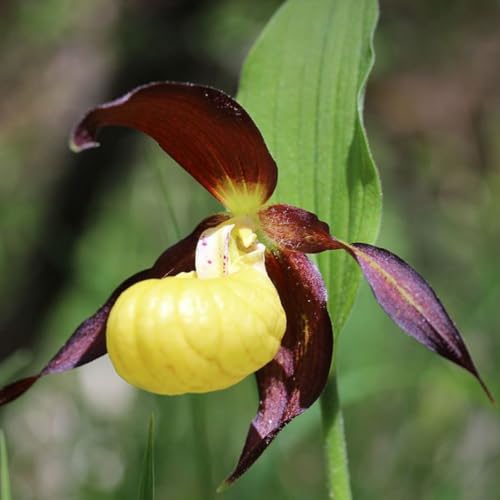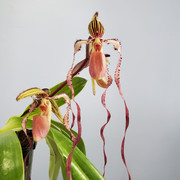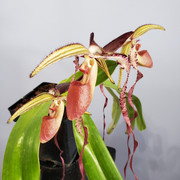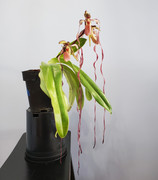Tom-DE
Well-Known Member
Justin, what you said about blooming/maturity is true. I also have found (my own observation) that the plant is mature enough to bloom(for a first-time bloomer) when the second growth is about 6 months old or so.
I hope your OZ plant will turn out to be a good one...looking forward to more updates.
I've heard that sanderianum doesn't multiply fast...normally just one new growth. Currently, mine has two growths from the last bloomed growth, one is strong and one is weak but growing...before that, it tried to send up two growths also but only one grew to maturity, and the other one just died off... what is your observation on that?
I hope your OZ plant will turn out to be a good one...looking forward to more updates.
I've heard that sanderianum doesn't multiply fast...normally just one new growth. Currently, mine has two growths from the last bloomed growth, one is strong and one is weak but growing...before that, it tried to send up two growths also but only one grew to maturity, and the other one just died off... what is your observation on that?
















































